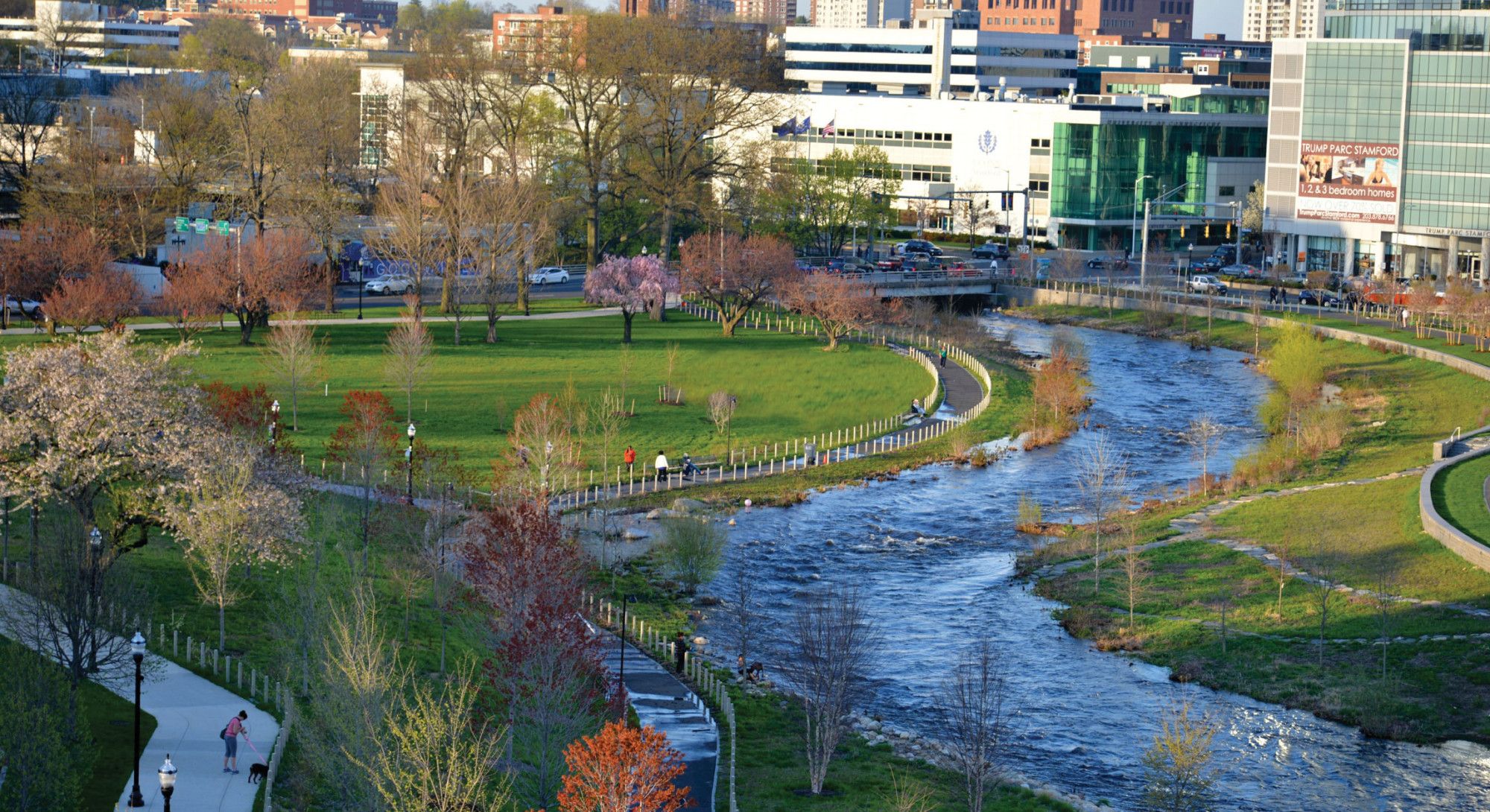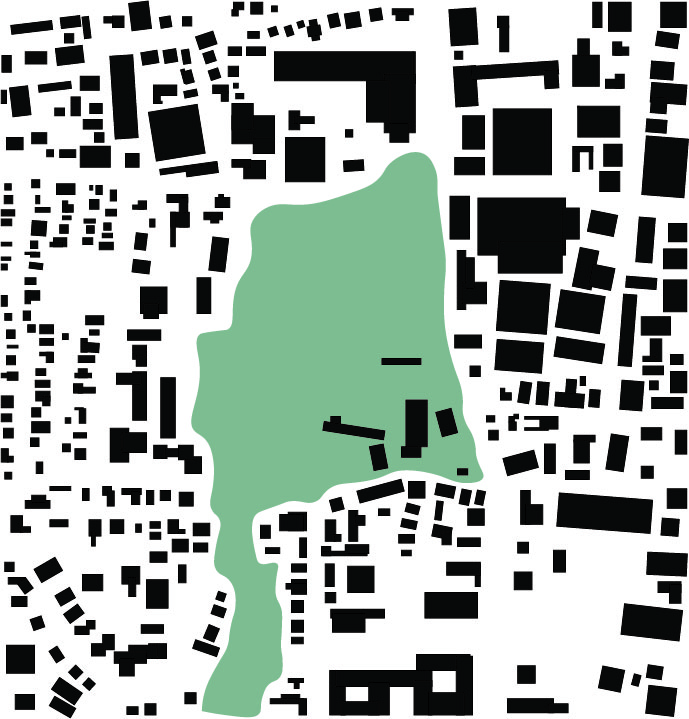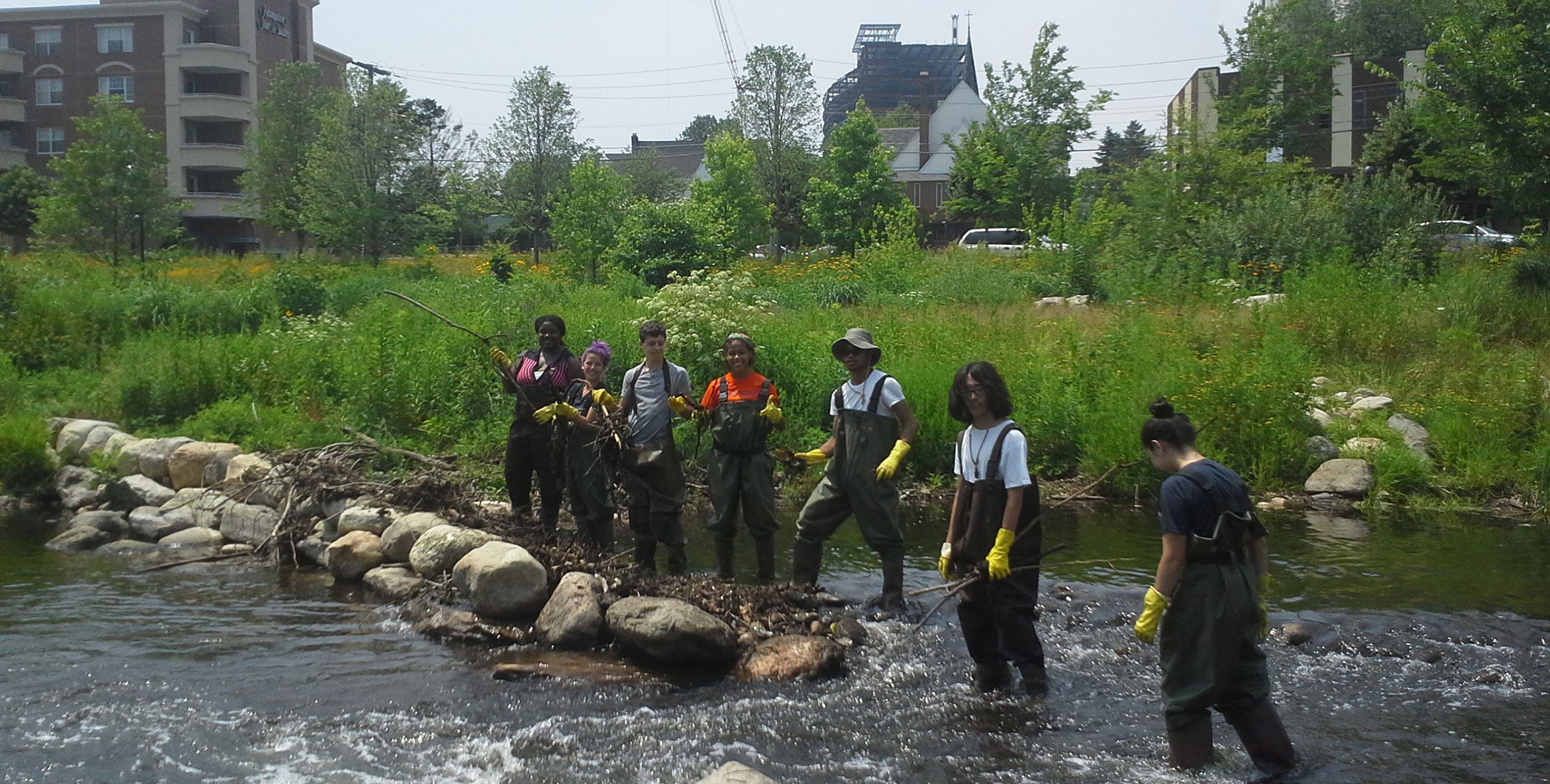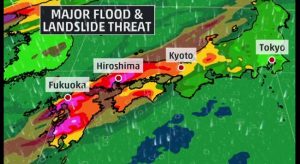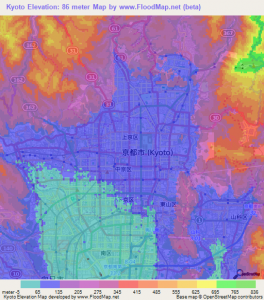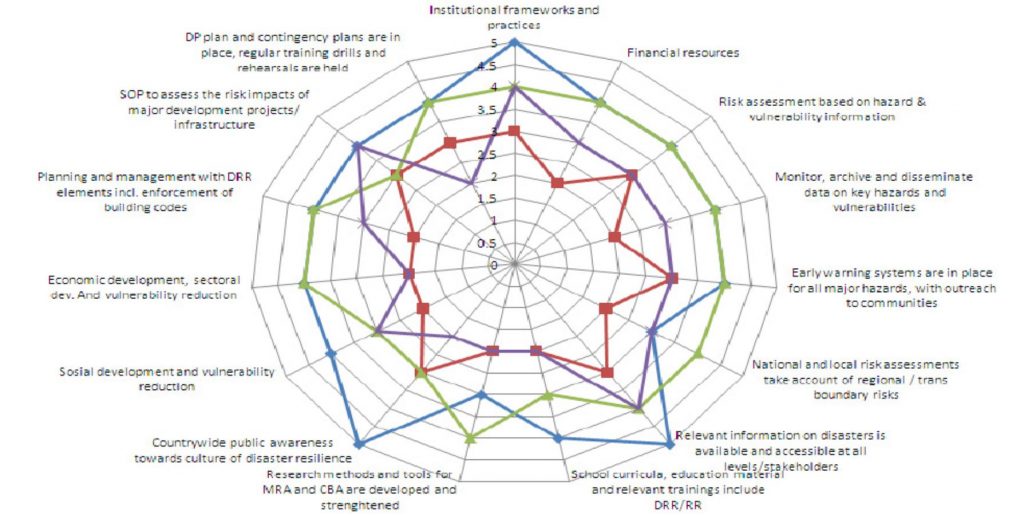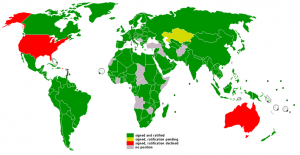 Most of the Netherlands lies below sea level, this puts The Netherlands at greater risk and exposure to climate change than many other countries. People call the dutch are the worlds go tos water management experts, but why is that? This may have to do with the fact that the Dutch see water as part of their land, they appreciate it and enjoy its benefits. Therefore, they see rising sea levels, as well as climate change as an opportunity to innovate and grow as a country.
Most of the Netherlands lies below sea level, this puts The Netherlands at greater risk and exposure to climate change than many other countries. People call the dutch are the worlds go tos water management experts, but why is that? This may have to do with the fact that the Dutch see water as part of their land, they appreciate it and enjoy its benefits. Therefore, they see rising sea levels, as well as climate change as an opportunity to innovate and grow as a country.
Clearly, The Netherlands will get affected by rising sea levels, therefore they figured out a way to live with them and not try to prevent them. By simply opening a dam they are far safer than they would have been if it would be full all the time thanks to the relief in pressure. They also created a special dam, the size of the Eiffel Tower, that opens and closes as needed, making the ocean water come into the city at a slower rate, preventing floods and devastation. This shows how the Dutch understand climate change and are determined to adapting their lives to it instead of stopping it.
a way to live with them and not try to prevent them. By simply opening a dam they are far safer than they would have been if it would be full all the time thanks to the relief in pressure. They also created a special dam, the size of the Eiffel Tower, that opens and closes as needed, making the ocean water come into the city at a slower rate, preventing floods and devastation. This shows how the Dutch understand climate change and are determined to adapting their lives to it instead of stopping it.
Additionally, one of the most exemplary examples of making a city resilient to climate change is their floating initiative. Rotterdam currently is the host for the first floating pavilion as well as floating trees! and no, they are not mangroves!
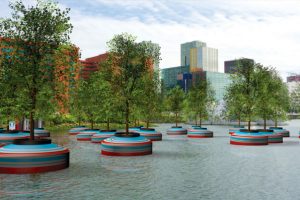
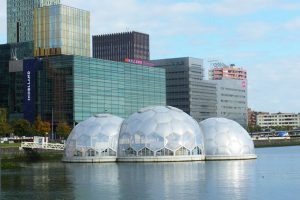
This initiative is not only being implemented in Rotterdam but in Amsterdam as well. the city of Amsterdam is the host for the first community of floating houses, with the count being around 90 houses. These structures are designed to rise according to sea level, making it more resilient to this and other effects of climate change. You can see more in detail this concept on the video below.
 Now, this does not mean that the only thing we, in America and the rest of the world, have to do is to learn to live with rising sea levels, on the contrary. Drastic changes need to be made in order for climate change to subside and to give the earth the time to recuperate. We need to change our lifestyle, and this is something that the Dutch have already made peace with and have been implementing for years.
Now, this does not mean that the only thing we, in America and the rest of the world, have to do is to learn to live with rising sea levels, on the contrary. Drastic changes need to be made in order for climate change to subside and to give the earth the time to recuperate. We need to change our lifestyle, and this is something that the Dutch have already made peace with and have been implementing for years.
Like mentioned in the Child-Friendly City post for The Netherlands, this country is mostly designed with pedestrians in mind, where the main way of transportation is via public transport or bicycles! The Netherlands is home of approximately 800,000 bikes, subsequently, lowering the amount of pollution going into the atmosphere, and contributing to a society where communities feel safe and included. This means that as humans, we should design places that are friendly to both the environment and the people in order to be able to live a truly peaceful and high-quality life.

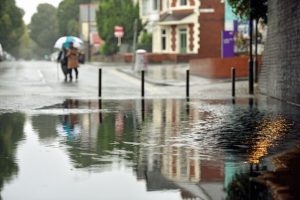
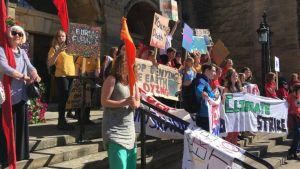



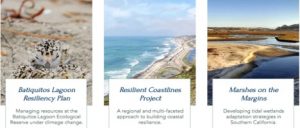

 Addressing Climate Crisis through Meditation and Action
Addressing Climate Crisis through Meditation and Action

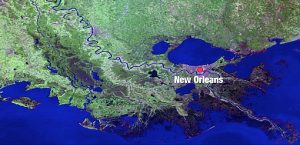

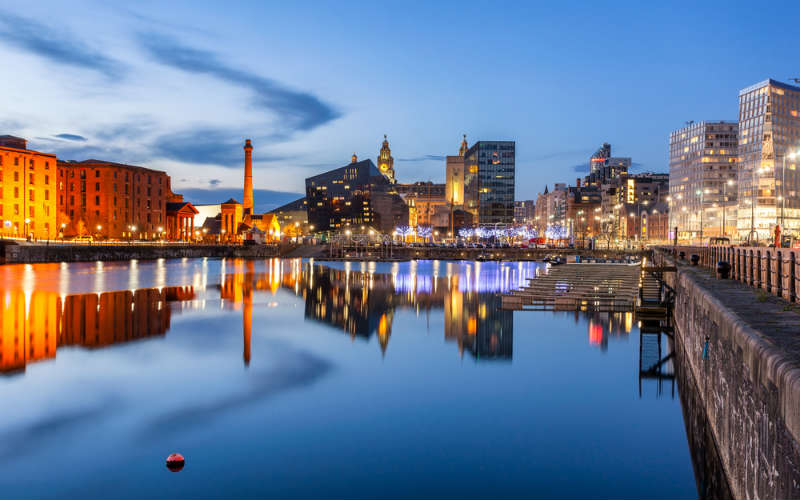
 Although Liverpool will only be slightly affected by rising sea levels, a great number of households in England (520,000 Properties) are at risk from coastal flooding and erosion. While the sea level will rise equally around England, the areas most at risk are those which are heavily developed. This is not just an issue of
Although Liverpool will only be slightly affected by rising sea levels, a great number of households in England (520,000 Properties) are at risk from coastal flooding and erosion. While the sea level will rise equally around England, the areas most at risk are those which are heavily developed. This is not just an issue of.jpg?itok=zsqUHxlJ) saving coastlines; it is also an issue of saving communities. In one town of Happisburgh, entire blocks are vulnerable to cliffside erosion. One block of trailer homes were forcibly relocated in 2018 due to encroaching coastline erosion. One probable solution to this is to reinforce the cliffs which support these developed areas, but this solution can be expensive and remove important habitats.
saving coastlines; it is also an issue of saving communities. In one town of Happisburgh, entire blocks are vulnerable to cliffside erosion. One block of trailer homes were forcibly relocated in 2018 due to encroaching coastline erosion. One probable solution to this is to reinforce the cliffs which support these developed areas, but this solution can be expensive and remove important habitats.
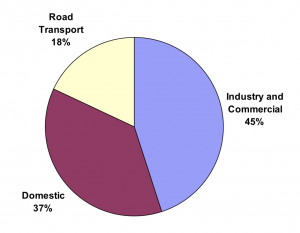



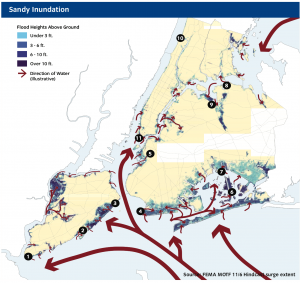
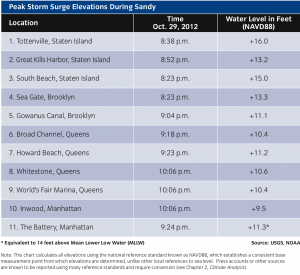
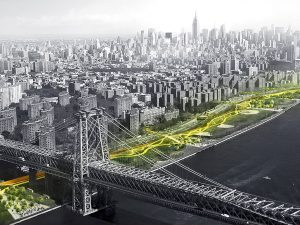
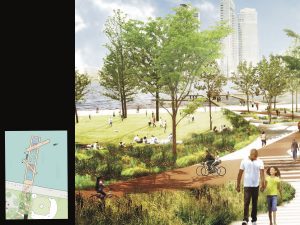
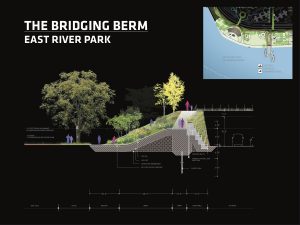
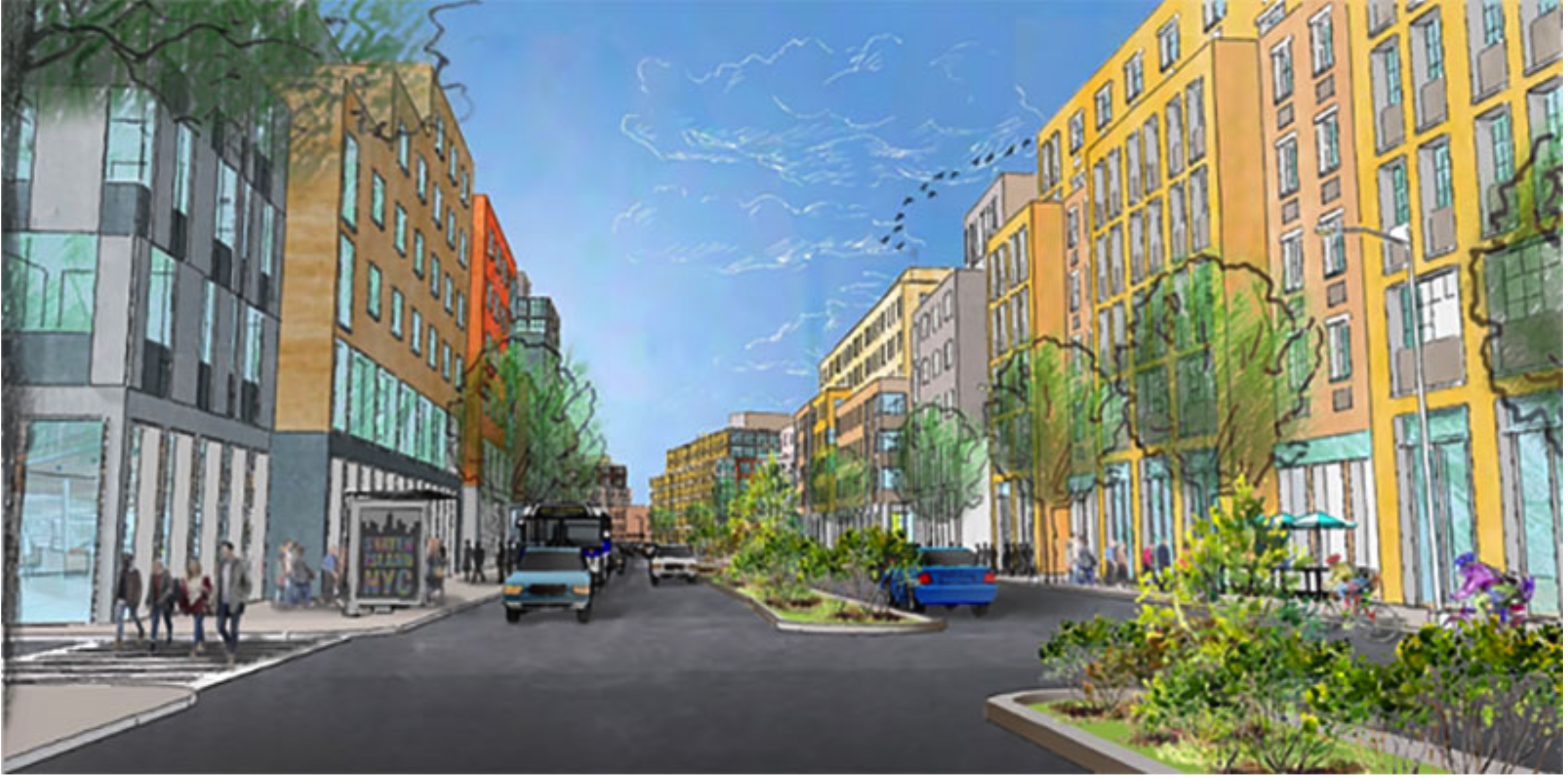
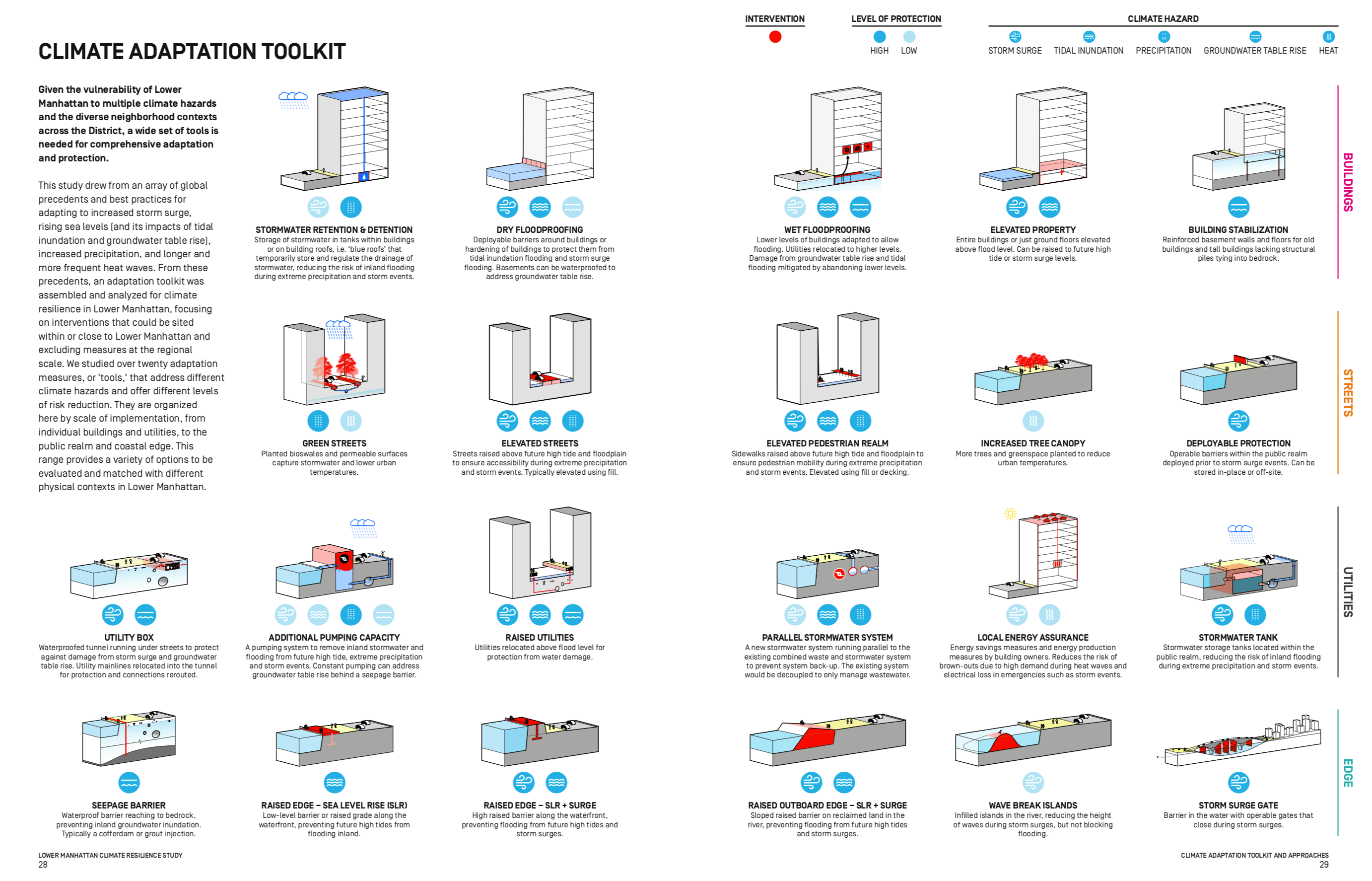

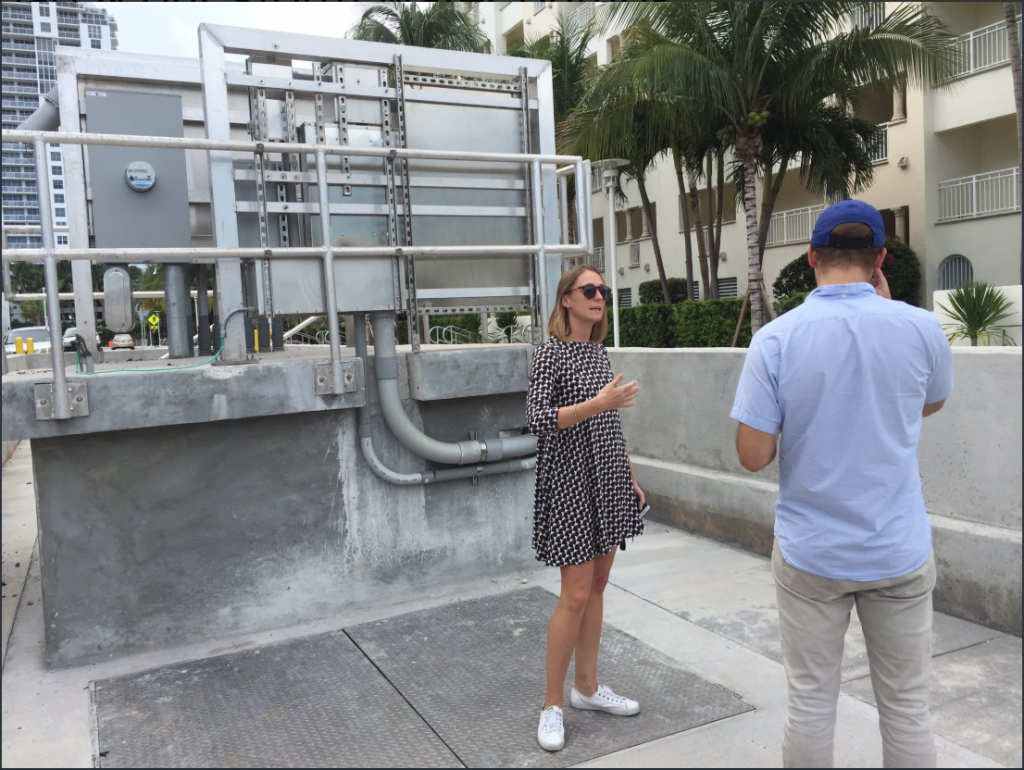

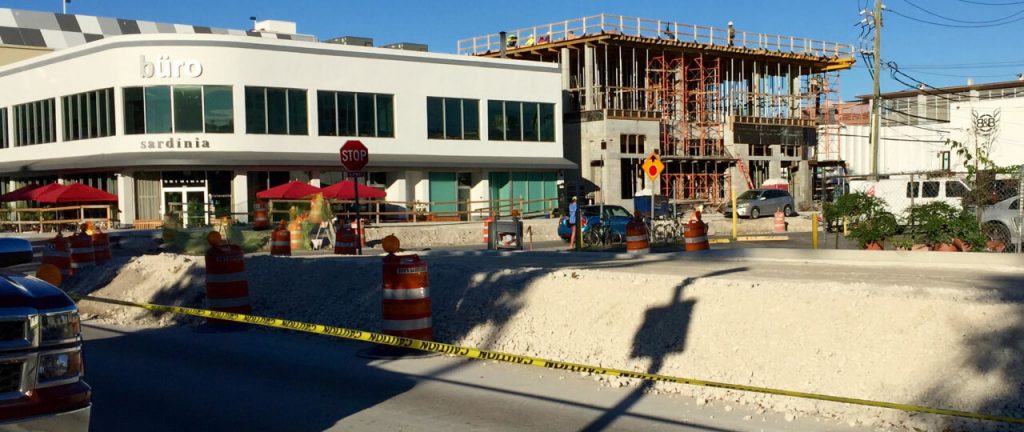
 Sources
Sources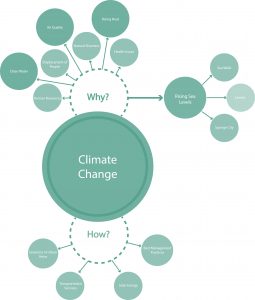
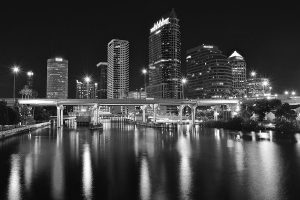
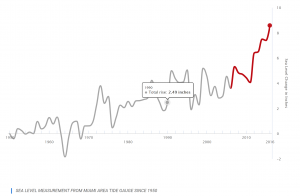 credits :
credits : 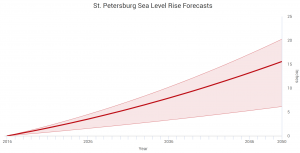
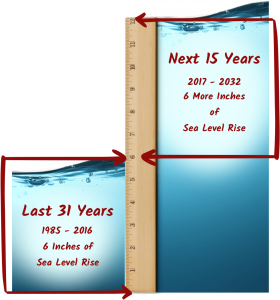

 Credits :
Credits : 
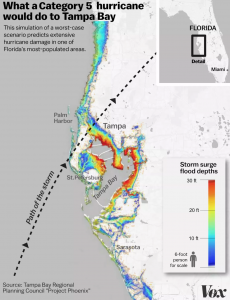 Credits :
Credits : 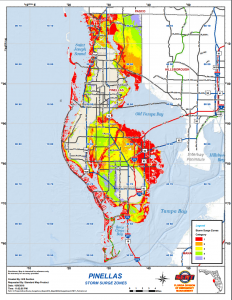
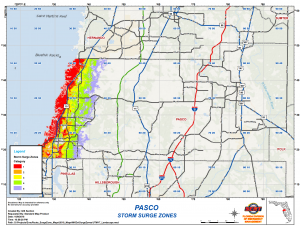
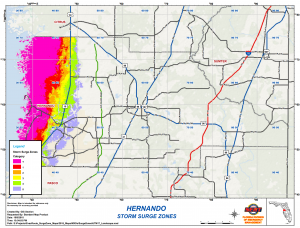



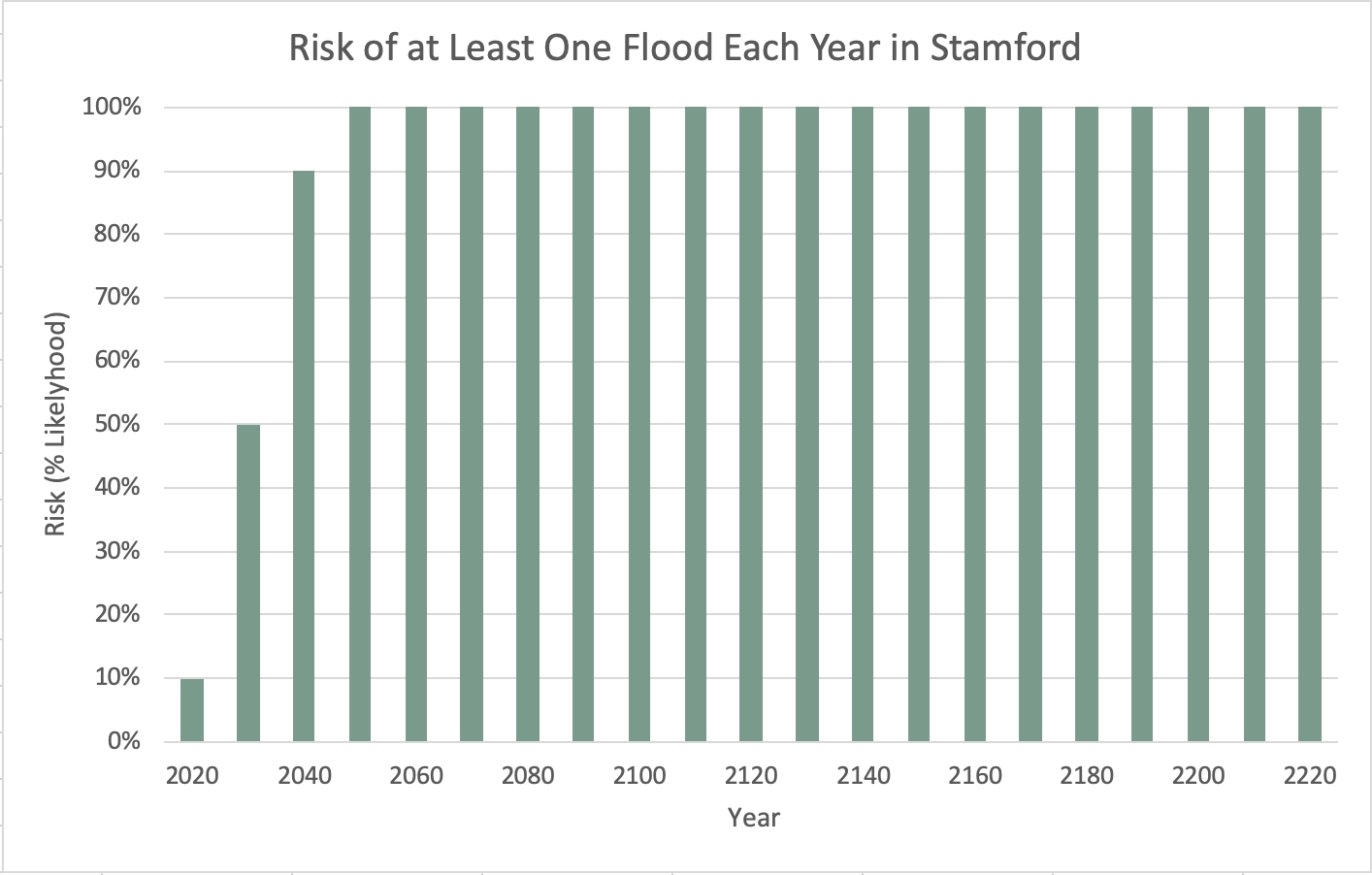
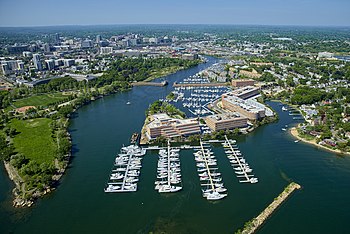
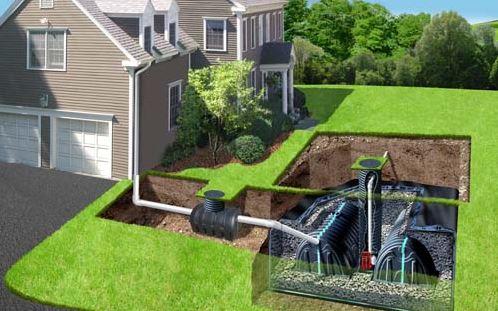
 Originally a huge risk in the city, which developed into a major green infrastructure and restoration project, Mill River Park has become a huge success for Stamford. Mill River runs through Stamford, and for years frequently flooded the downtown and other areas of the city due to issues created by dams, pollution, debris, and channelizing. The design team (lead by OLIN) tasked with the project had the challenge of designing a master plan that would both restore the river, and reconnect the city with nature.
Originally a huge risk in the city, which developed into a major green infrastructure and restoration project, Mill River Park has become a huge success for Stamford. Mill River runs through Stamford, and for years frequently flooded the downtown and other areas of the city due to issues created by dams, pollution, debris, and channelizing. The design team (lead by OLIN) tasked with the project had the challenge of designing a master plan that would both restore the river, and reconnect the city with nature. 